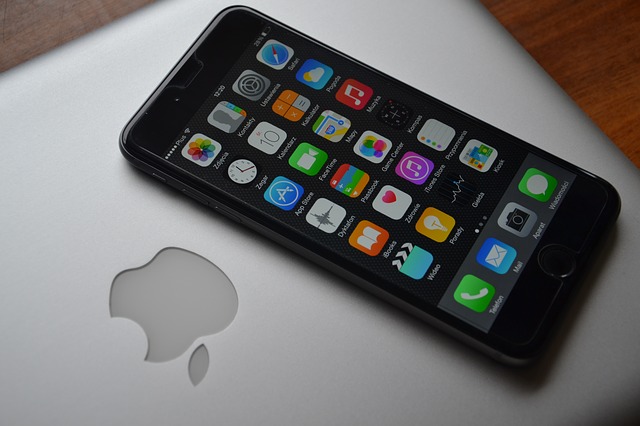Last updated on January 8, 2023
The mobile landscape is constantly changing, and with that, so are the security risks. Mobile devices are now an integral part of business, which means that protecting them from security threats is more important than ever.
In this guide, we’ll cover everything you need to know about mobile security for businesses, from the basics of BYOD and MDM to the latest trends in mobile security threats.
What is BYOD and why is it important?
BYOD, or Bring Your Own Device, is a trend that refers to employees using their own personal devices for work purposes.
BYOD can have many benefits for businesses, such as increased productivity and flexibility, but it also comes with a number of security risks.
If you allow BYOD in your business, it’s important to have a BYOD policy in place that outlines the security measures that employees need to take.
What is MDM and why is it important?
MDM, or mobile device management, is a type of software that allows businesses to manage and secure mobile devices.
MDM is important for businesses because it can help to secure corporate data, prevent data leaks, and ensure compliance with corporate policies.
What are the latest trends in mobile security threats?
There are a few key trends in mobile security threats that businesses need to be aware of:
- Malware is on the rise.
There has been a significant increase in the number of malware attacks in recent years. Malware can infect a device and allow attackers to gain access to corporate data, make unauthorized purchases, or even take control of the device.
- Phishing attacks are becoming more sophisticated.
Phishing attacks are a type of social engineering attack in which attackers attempt to trick victims into divulging sensitive information, such as passwords or financial information.
- Ransomware is a growing threat.
Ransomware is a type of malware that encrypts a device’s data and demands a ransom be paid in order to decrypt it. Ransomware attacks can be very costly for businesses, as they may not be able to access their data until the ransom is paid.
- IoT devices are a security risk.
IoT devices, such as smart TVs and connected thermostats, are becoming increasingly popular, but they also present a security risk. IoT devices are often poorly secured and can be hacked to gain access to a network.
- 5G will bring new security challenges.
5G is the next generation of mobile technology, and it will bring with it new security challenges. 5G networks will be faster and more complex, which will make them more difficult to secure.
What are the best practices for mobile security?
There are a few key best practices for mobile security:
- Use a mobile security solution.
Mobile security solutions, such as mobile antivirus and mobile VPNs, can help to protect devices from malware and other security threats.
- Keep devices up to date.
One of the best ways to protect devices from security threats is to keep them up to date with the latest security patches.
- Educate employees about mobile security.
Employees need to be aware of the security risks associated with mobile devices and how to protect themselves. Mobile security training can help to educate employees about the risks and how to avoid them.
- Implement a BYOD policy.
If you allow BYOD in your business, it’s important to have a BYOD policy in place that outlines the security measures that employees need to take.
- Use MDM to secure corporate data.
MDM can help to secure corporate data and prevent data leaks.
- Use security solutions for IoT devices.
IoT devices are often poorly secured, so it’s important to use security solutions, such as IoT firewalls, to protect them.
- Be prepared for 5G.
5G is the next generation of mobile technology, and it will bring with it new security challenges. Businesses need to be prepared for the transition to 5G and the new security risks that it will bring.





Be First to Comment